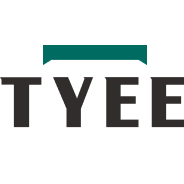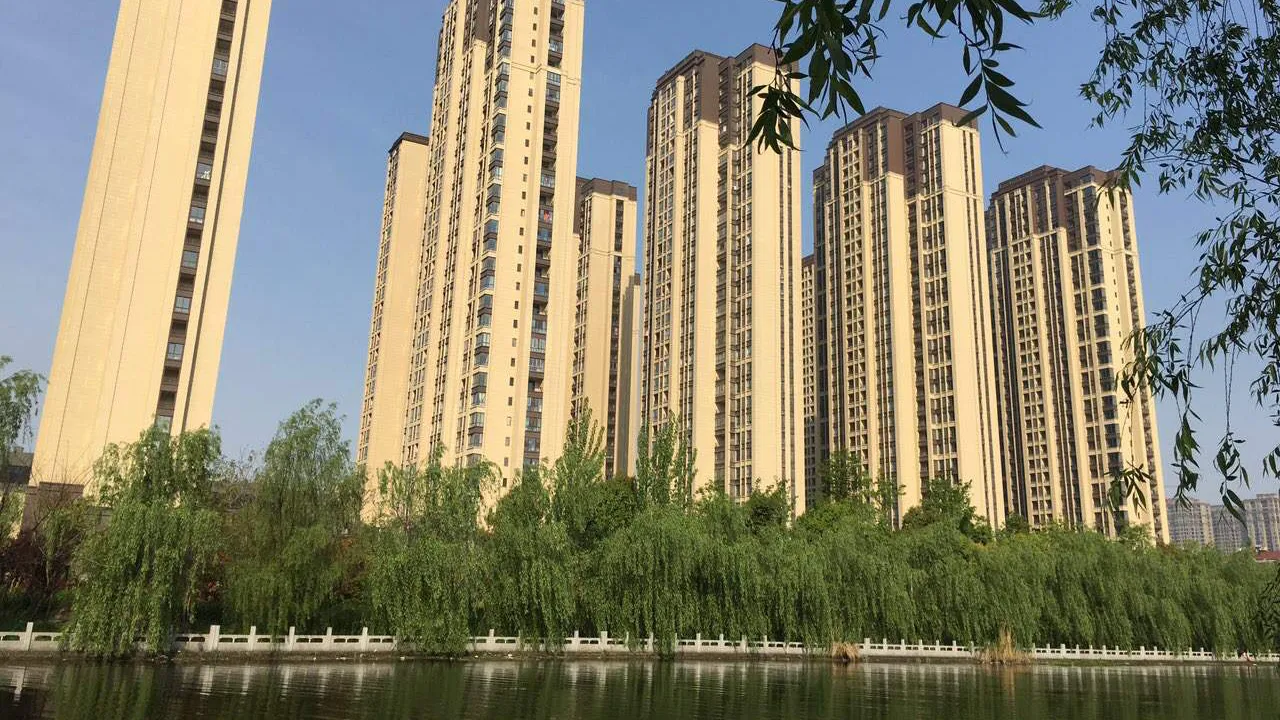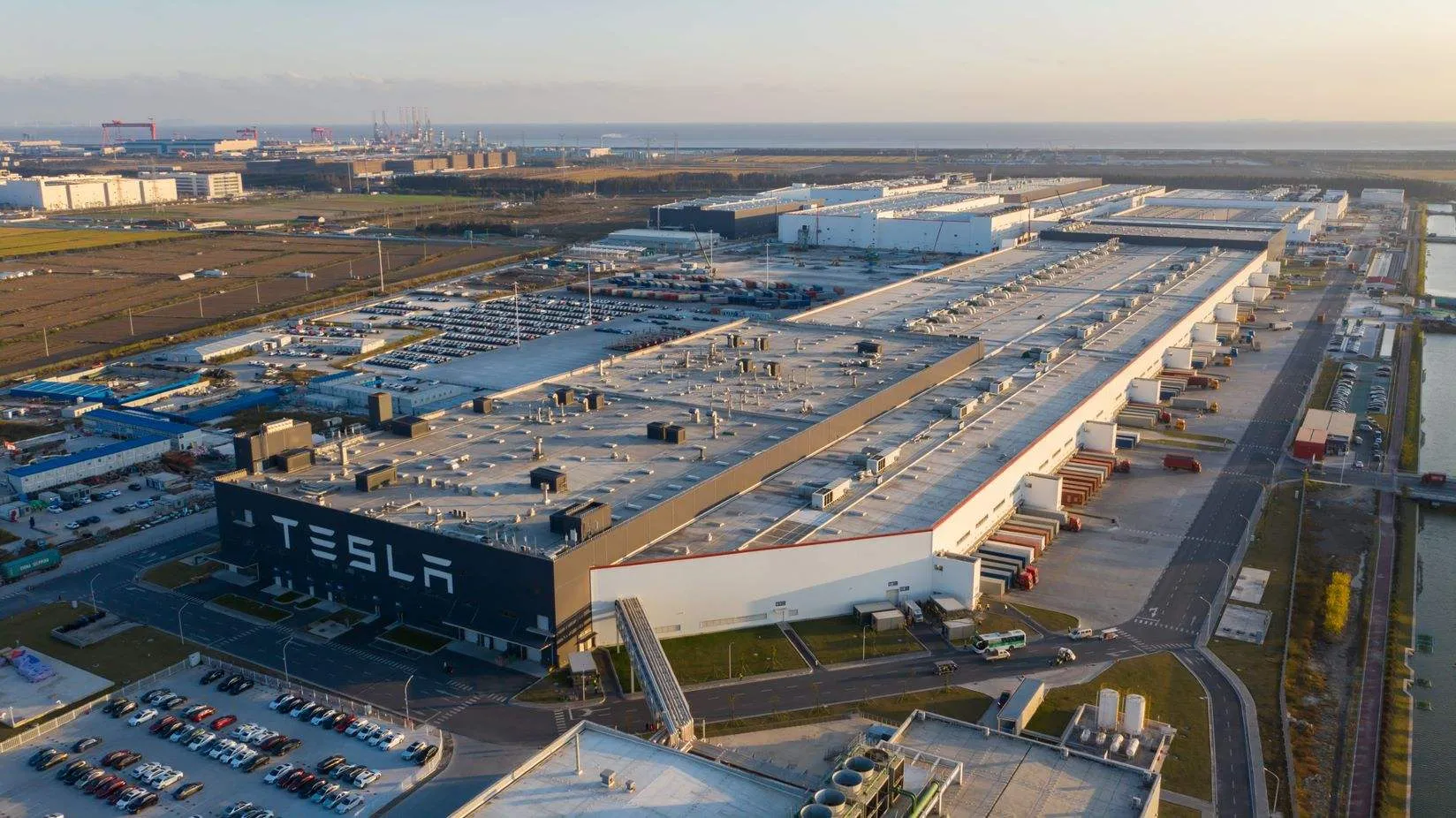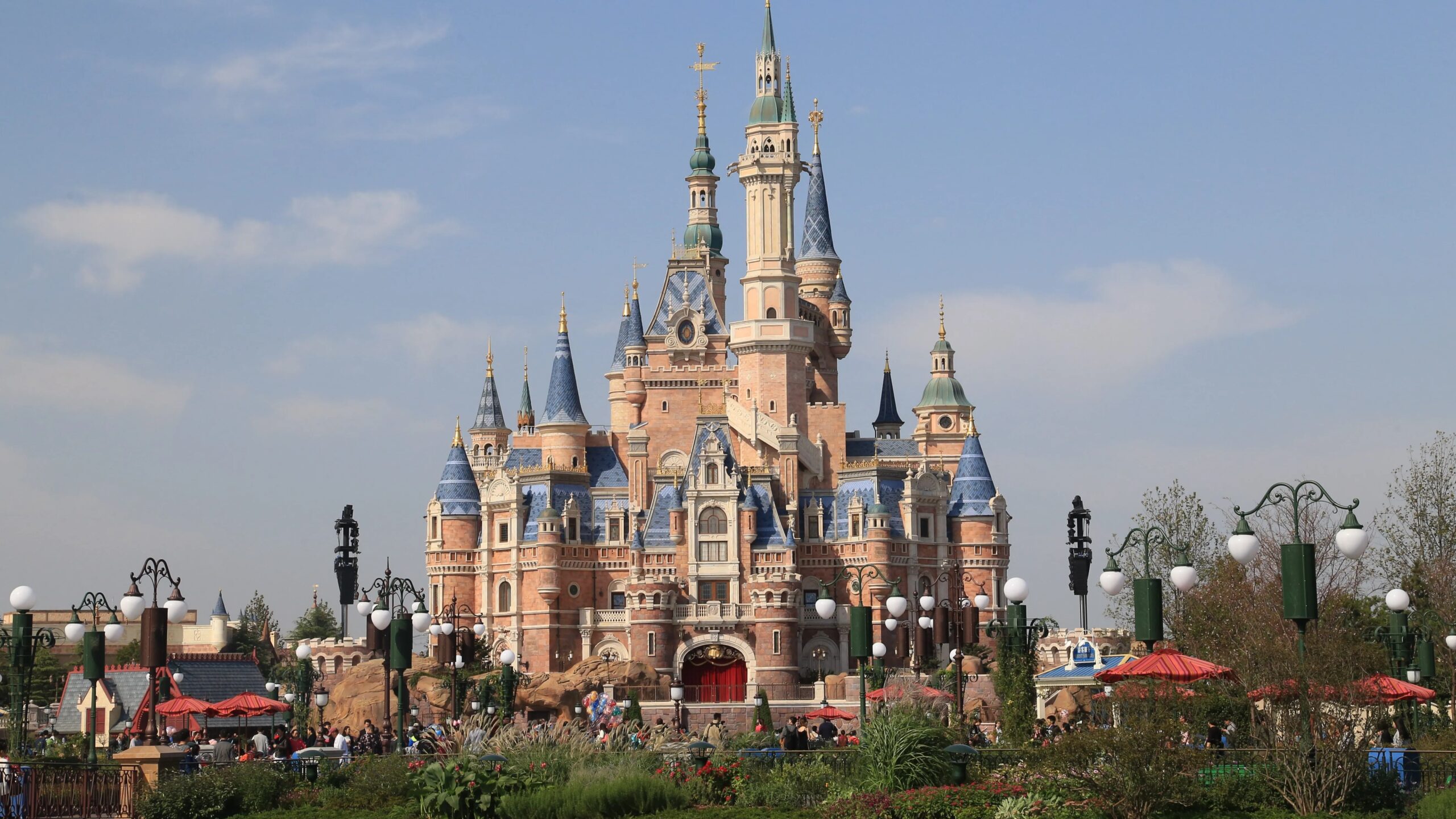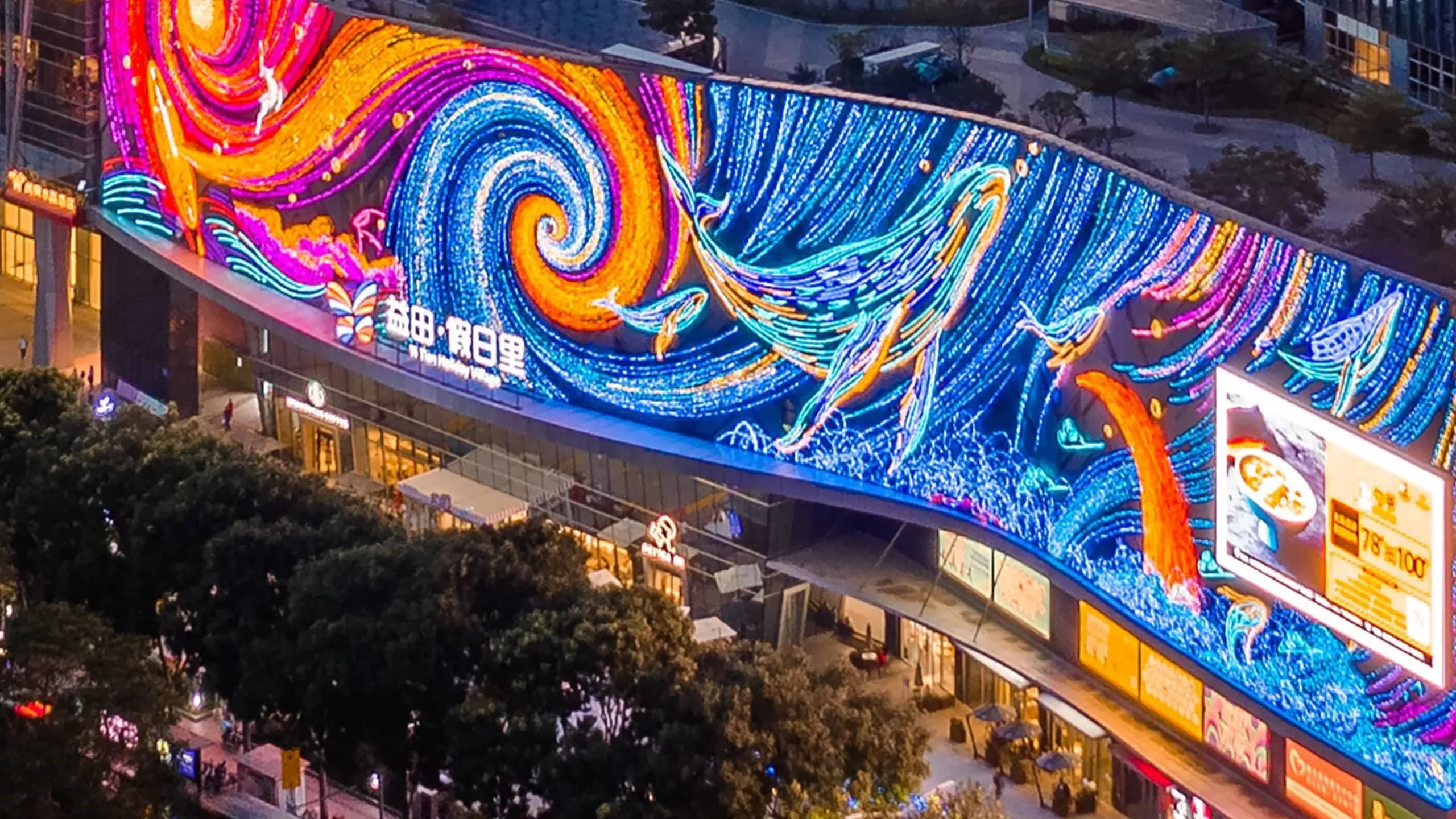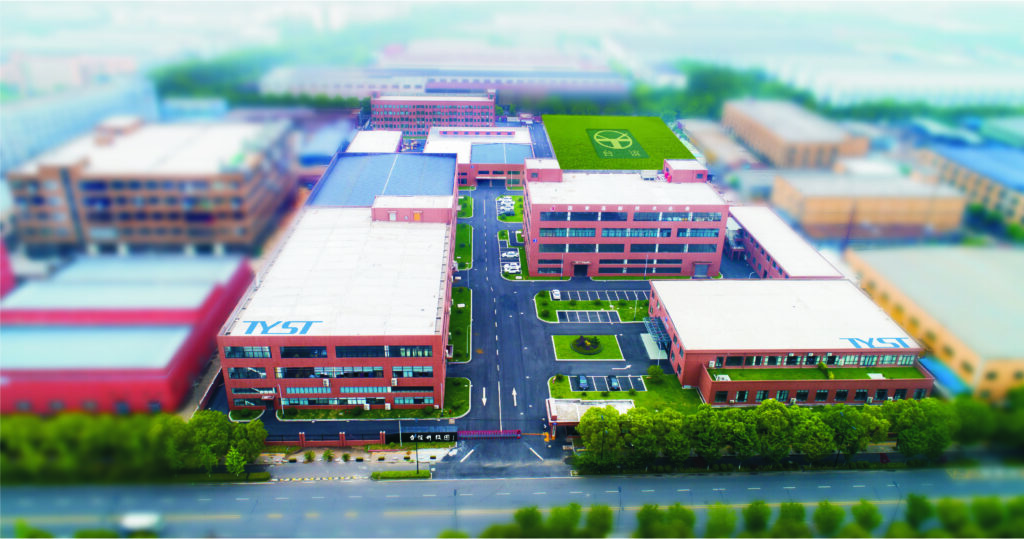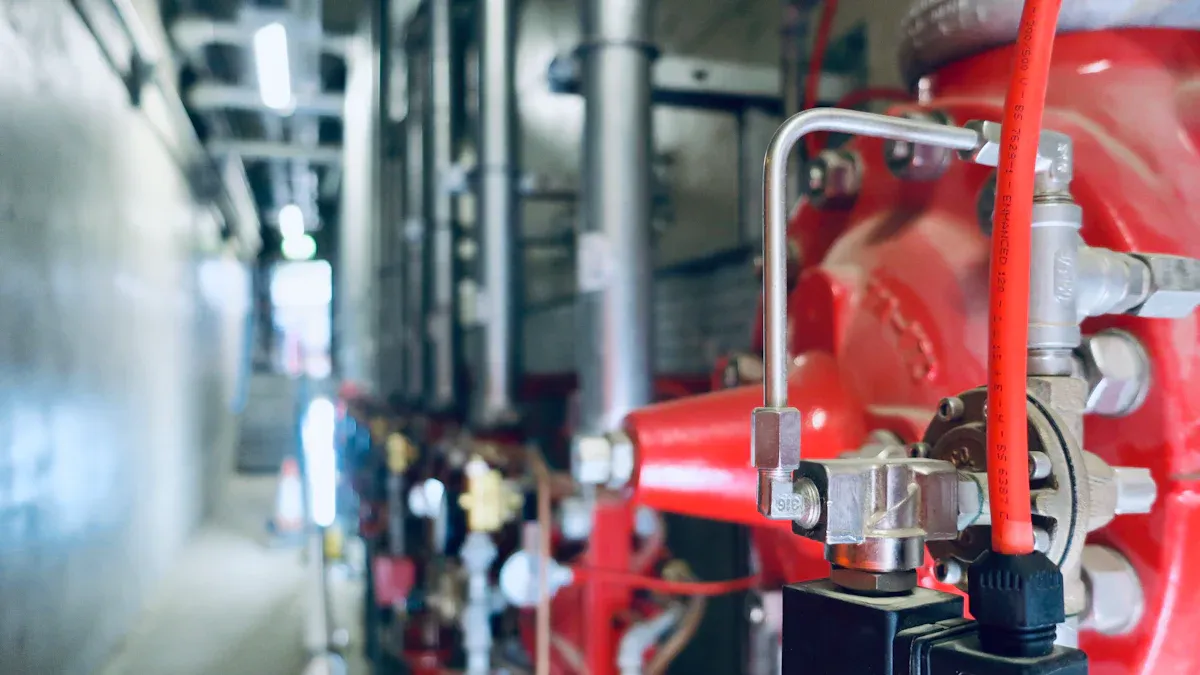
Industrial fire safety is very important in tall buildings and factories. Many tall buildings in Southeast Asia have special fire risks. This is true in the Philippines. Factories with too many people and old tall buildings have fire dangers. Fires in factories and malls show old safety rules do not always work. New fire safety solutions use better systems to keep people and things safe. Good industrial fire safety lowers risks and keeps everyone safe in tall buildings and factories.
Key Takeaways
Doing fire risk checks often helps spot and fix dangers early. This keeps people and buildings safe.
Storing things safely, using electricity the right way, and keeping places clean lower fire risks in tall buildings and factories.
New fire detection and emergency lights warn people early. They help everyone leave the building safely.
Modern fire suppression systems and working extinguishers stop fires fast. They help keep damage small.
Training, clear plans to leave, and good communication tools help everyone know what to do in emergencies.
Fire Risk Assessment
Finding fire hazards is the first thing to do to keep commercial complexes safe. This includes tall buildings and factories. A good fire risk assessment helps owners and managers see where dangers are. Tyee’s skill in risk analysis helps businesses spot and fix these problems before they hurt anyone. Checking for risks often makes fires less likely and keeps people and property safe.
Common Hazards
Commercial complexes have many fire dangers. Electrical failures and too many things plugged in can start fires in tall buildings and factories. Storing flammable materials like chemicals or cleaning supplies the wrong way makes fires more likely. Commercial kitchens are risky because of hot surfaces and open flames. People can make mistakes, like leaving appliances on or using equipment the wrong way, which can cause fires. If fire protection systems like alarms and sprinklers are not taken care of, it is harder to stop fires when they happen.
Fire Hazard | Description | Prevention Tips |
|---|---|---|
Electrical Failures and Overloads | Bad wiring, too many things plugged in, and using extension cords the wrong way can cause fires. | Check wiring often, follow safety rules, and do not plug too much into one outlet. |
Improper Storage of Flammables | Keeping flammable liquids and materials in unsafe ways can start fires. | Use safe containers, teach workers, and keep storage neat and away from heat. |
Kitchen and Cooking Hazards | Grease, stoves left on, and broken gas lines can cause kitchen fires. | Clean often, use fire suppression systems, and train staff in fire safety. |
Human Error and Negligence | Mistakes like leaving things on, not throwing away smoking items right, or using electrical gear wrong. | Teach fire safety, have rules for smoking, and make sure equipment is turned off. |
Lack of Fire Protection Maintenance | Not checking alarms, sprinklers, or extinguishers makes them not work well in emergencies. | Check equipment often, make sure extinguishers are easy to get, and have professionals check them. |
Assessment Methods
A good fire risk assessment has many steps. Experts look at the building and see how it is set up. They check where flammable things are kept and how many people could be in danger. The team looks at emergency plans, ways to get out, and fire safety training. They use data, like maintenance records and outside checks, to find hidden dangers. Tyee uses special ways, like the analytic hierarchy process and on-site checks, to make sure no risk is missed. Checking plans often, especially after changes in the building, keeps fire safety up to date. These steps help tall buildings and factories follow safety laws and lower the chance of fire.
Tip: Doing fire risk assessments often does more than stop fires. It also helps avoid trouble with the law and insurance. It shows you care about safety and protects people and your business name.
Prevention Strategies
Stopping fires in commercial buildings needs good planning and daily care. Owners and managers must use strong fire safety steps to protect tall buildings and factories. These steps focus on safe storage, electrical safety, and keeping things tidy. Tyee’s smart systems help teams find risks early and keep fire safety tools working.
Safe Storage
Safe storage is very important for stopping fires. Buildings must keep flammable things in safe containers and away from heat. Storage rooms should use fire-resistant walls and have doors that close by themselves. Good airflow stops dangerous vapors from building up. Labels on containers warn workers about dangers. Regular checks help find broken containers or messy areas before they cause trouble. Managers should not put flammable items in hallways or break rooms. Outdoor storage must follow rules about how far it is from buildings and use safe boxes. These steps lower fire risks and help tall buildings follow safety laws.
Note: Clean and neat storage areas make it easy to see dangers and act fast if a fire starts.
Electrical Safety
Electrical safety is very important in tall buildings and factories. Teams must check wires and equipment often to find loose or broken parts. Only trained workers should fix or install electrical systems. Circuit breakers and surge protectors stop too much power and protect machines. Workers need lessons on using electrical things safely and what to do in an emergency. Smoke alarms and fire extinguishers should be near places with more risk. Following safety rules keeps everyone safe and lowers fire danger. Tyee’s smart systems watch electrical safety all the time and send alerts if something is wrong. These tools help stop fires before they start and keep fire safety tools ready.
Electricians should check things often
Use surge protectors and GFCIs for special equipment
Teach workers what to do in emergencies
Throw away broken equipment the right way
Housekeeping
Good housekeeping helps stop fires every day. Teams must keep hallways clear and throw away trash quickly. Flammable things need safe storage. Cables and wires should be neat to stop fires from starting. Smoking rules must be followed to lower fire risks. Staff should learn fire safety and know how to handle dangerous materials. Cleaning and fixing things often helps find dangers early. Tyee’s smart systems watch fire safety tools and tell managers when they need fixing. This helps keep tall buildings safe and ready for emergencies.
Keep hallways clear all the time
Throw away trash and waste fast
Store flammable things safely
Keep cables and wires neat
Tyee’s smart systems use IoT technology to connect fire safety tools and equipment. These systems collect data all the time and warn teams about problems before they get worse. Early warnings help fire crews get there faster. Fixing things early stops false alarms and keeps fire safety tools ready. With these tools, buildings can be safer and stop more fires.
Fire Detection Systems
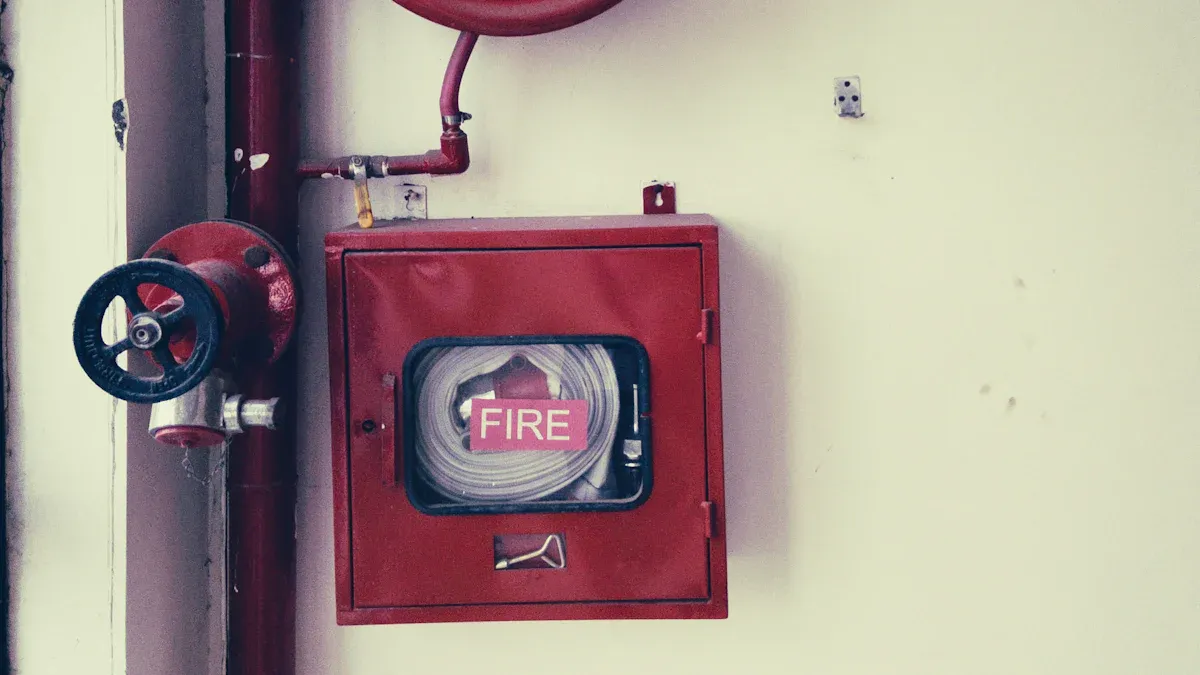
Alarm Solutions
Commercial complexes use advanced fire detection systems to keep people safe. These systems have smoke detectors, heat detectors, and flame detectors. They can find danger very fast. Addressable fire alarms show exactly where a fire starts. This helps teams get there quickly. Fire alarm control panels, manual pull stations, and notification appliances work together. They warn everyone in the building. These alarms can connect with fire protection systems like sprinklers and smoke control systems. This makes safety better by starting things like closing fire doors or turning off HVAC units. Early fire detection gives people more time to leave. It also helps firefighters get there sooner.
Smoke detectors find small amounts of smoke and warn people.
Heat detectors notice quick temperature changes and set off alarms.
Real-time monitoring helps security teams act fast.
Notification systems tell everyone, even emergency services.
System Type | Average Response Time | Improvement Compared to Manual |
|---|---|---|
Manual Fire Alarm System | N/A | |
Automated IoT-based Fire Alarm | 6 minutes 10 seconds | About 36 minutes 50 seconds faster |
Early fire detection systems help stop false alarms. They also make people trust fire protection systems more. Multi-sensor detectors use smoke, heat, and carbon monoxide detection together. This lowers mistakes. These features help commercial buildings act fast and keep people safe.
Tip: Test and take care of fire detection systems often. This makes sure they work well and follow safety rules.
Emergency Lighting
Emergency lighting and evacuation indication systems are very important for fire safety. If a fire causes the power to go out, these systems light up escape routes, hallways, and exits. Exit signs, directional lights, and bright fixtures help people find their way in smoke or darkness. Emergency lighting works with fire alarms and smoke control systems. It turns on by itself to make leaving the building faster and safer. These systems help stop panic and confusion. They help people find exits quickly.
Emergency lighting helps people with disabilities by giving clear directions. It also helps emergency workers by lighting up important areas during rescues. Fire protection systems in commercial buildings must have emergency lighting that works for at least 90 minutes during emergencies. Smart lighting systems can change how bright they are based on what is happening. They can also work with building management platforms.
Note: Keep emergency lighting and evacuation indication systems in good shape. This is needed for safe exits during fire emergencies.
Fire Safety Measures
Suppression Systems
Commercial complexes use fire suppression systems to stop fires fast. Water-based systems like sprinklers are the most common. Sprinklers use micro-mist nozzles and special flow controls. This helps save water and lowers damage. Some sprinklers have dual-temperature activation for different areas. Clean agent and gas-based systems, such as FM-200, work quickly and are better for the environment. These systems are good for places with sensitive equipment. New fire protection systems also have advanced deluge systems and better CO2 controls. These help put out fires faster and more safely. Upgrading fire suppression systems makes them work better and faster. This lowers the damage from fires.
Fire Suppression System Type | Key Features | Effectiveness / Impact |
|---|---|---|
Water-Based Sprinkler Systems | Micro-mist nozzles, dual-temperature activation, variable flow | 82% reduction in water damage claims, up to 90% less water use |
Clean Agent / Gas-Based Systems | Fast discharge, eco-friendly agents, smart sensors | 73% of incidents mitigated, 60% fewer insurance claims |
Emerging Innovations | AI predictive systems, robotics | Up to 40% fire damage reduction |
Modern fire suppression systems help buildings follow safety rules. They also help save money over time.
Extinguishers
Fire extinguishers and firefighting tools are very important for safety. NFPA and local rules say to check extinguishers every month. This is to look for damage and make sure the pressure is right. Every year, a trained technician must do more checks. Hydrostatic testing checks if each extinguisher is still strong every 5 to 12 years. Extinguishers should be easy to see and reach. Put them along main paths and near exits. Mounting height rules help everyone reach them. Special places, like commercial kitchens, need Class K extinguishers within 30 feet. Buildings with more than one floor need extinguishers on every floor. Staff must learn how to use extinguishers when they start work and every year after.
Tip: Always keep records of checks and repairs. This helps with rules and insurance.
Compliance
Certified fire protection systems help buildings follow safety rules. Products with certifications like UL, ISO, and CE are tested for quality. Using certified products helps meet legal and insurance needs. These products match rules like NFPA and local fire codes. Certified fire protection systems work well and lower fire risks. Tyee’s certified fire safety products meet strict rules. This helps buildings stay safe and follow the law.
Certified products are tested for quality and reliability.
Legal and money benefits include less risk and easier insurance.
Certification helps with global sales and following rules.
Emergency Response
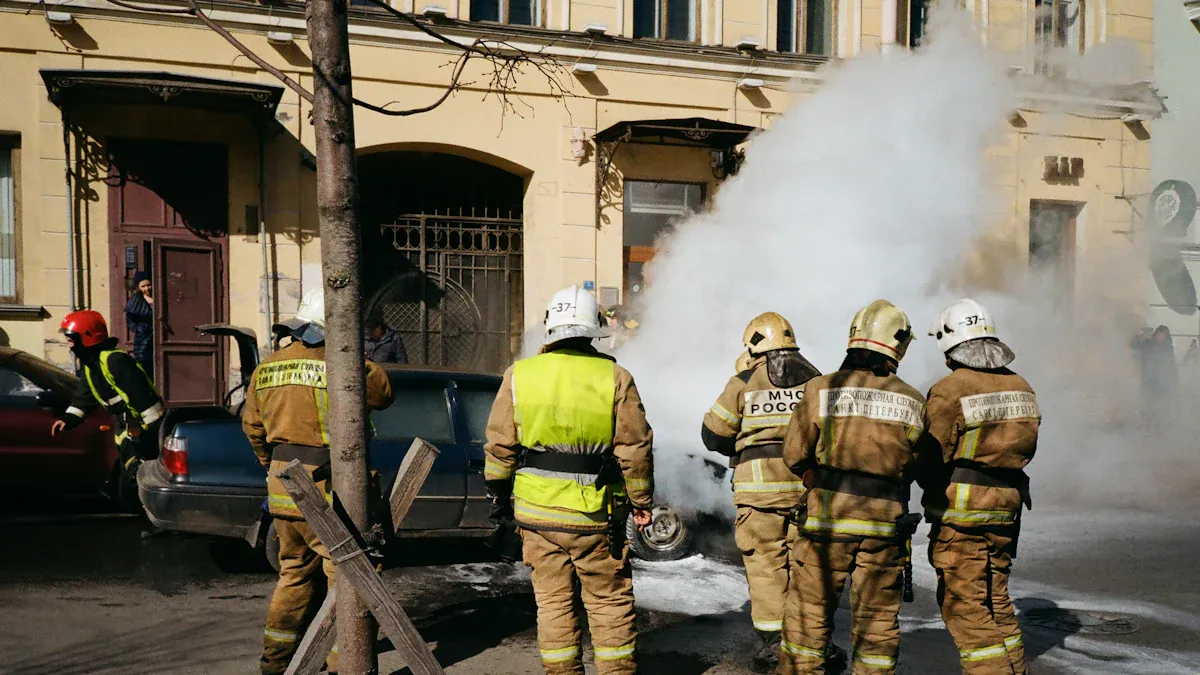
Evacuation Plans
A good emergency evacuation plan is very important for safety. Facility managers must make clear escape routes. These routes need signs and maps that are easy to see. Escape paths should always be clear of things. Maps with colored arrows and pictures help people know where to go in a fire. Safe meeting spots outside let everyone gather and be counted. This makes sure no one is left inside. In tall buildings, people should use stairs, not elevators, during a fire. Checking alarms and notification systems often keeps them working well. Tyee’s smart evacuation systems use real-time data to help people find new paths if fire blocks the way. Bright LED floor lights and changing signs help guide people through smoke. These tools make it easier to leave safely, even in hard situations.
Tip: Always plan for people with disabilities. Use buddy systems and safe waiting areas in every emergency plan.
Training
Training helps people get ready for emergencies. It also helps them feel calm and know what to do. Fire safety training should happen two times each year. Both planned and surprise drills help people practice leaving quickly and safely. Drills teach how to use fire extinguishers and follow signs to escape. They also show where to meet outside. Fire wardens should be chosen to help others. Emergency plans should be updated after each drill. Training also teaches how to keep fire safety equipment working and spot dangers. Tyee’s systems give alerts and feedback during drills to help people learn. Training often makes sure everyone knows their job and can help others in an emergency.
Do fire safety training and drills two times a year.
Teach people to use fire extinguishers and follow escape signs.
Change emergency plans if drills show problems.
Communication
Good communication saves lives in emergencies. Commercial complexes need many ways to send messages fast. Tyee’s systems send alerts by app, text, and email. These alerts can break through silent phone settings so everyone gets them. Only certain people can send alerts to keep things safe. Ready-made messages help send information quickly. Alerts can go only to people in danger, which stops confusion. People must confirm they got the message. Contact lists and rules can be used even without the internet. Testing and training keep these systems working well. Tyee’s technology works with other emergency systems to give updates and help people leave safely. This makes emergency evacuation better and keeps everyone safer.
Technology Integration
Modern commercial complexes use new technology to make fire safety better. Using IoT, artificial intelligence, and cloud platforms helps keep everyone safer.
Smart Monitoring
IoT sensors are important for fire safety. These sensors watch for smoke, heat, and electrical problems all day and night. They find changes fast and send alerts to building managers. Smart alarms and detectors work with HVAC systems to control air and stop smoke from spreading. Cloud platforms let managers check fire safety systems from anywhere. Predictive maintenance tools warn teams about problems before things break. This helps keep fire safety equipment working and ready. AI looks at sensor data to find risks early and tell real dangers from false alarms. Machine learning can guess how fires might move and help plan checks. These systems get better over time and become more accurate.
Note: Smart monitoring helps managers work with emergency services and make good choices during emergencies.
Real-time monitoring of smoke, heat, and electrical systems.
Managers can check fire safety systems from far away.
These systems can handle many devices in big buildings.
Automated Alerts
Smart fire safety systems send fast and correct emergency alerts. IoT systems connect with building management to do things automatically. When sensors find fire dangers, the system turns on sprinklers, stops HVAC units, and opens emergency exits. Emergency lights and alarms help people get out safely. AI uses pictures and sensor data to find fires faster and lower false alarms. These systems check how bad a fire is and guess where it will go. Automated alerts reach staff and emergency workers right away, saving time. Evacuation signs can change paths using real-time fire data so everyone can leave safely. Good communication makes sure alerts reach people, even if the power goes out.
Automated actions turn on suppression systems and open exits.
AI guesses how fires will spread and helps with evacuation.
Fast alerts help people respond quickly and avoid confusion.
Connecting with building management gives better control during fires.
Tip: Automated alerts and smart evacuation signs help keep commercial complexes safer and ready for any fire emergency.
Industrial fire safety keeps commercial complexes safe in many ways. It uses risk assessment, prevention, detection, suppression, and emergency plans. Recent fires in Southeast Asia show old fire systems are too slow. They do not work together well. This puts people in danger.
Smart systems use IoT and AI for faster alerts. They help people leave buildings safely.
Staff need training often. Regular checks keep fire safety rules strong.
Inspection Type | Frequency | Description |
|---|---|---|
Visual | Quick checks for damage | |
Functional | Monthly | Test alarms and panels |
Professional | Quarterly | Detailed technician review |
Comprehensive | Annually | Full system evaluation |

TYEE’s advanced solutions help commercial complexes in Southeast Asia be safer. They protect lives and help everyone feel safe.
FAQ
What is the most common cause of fires in commercial complexes?
Fires in commercial buildings often start because of electrical problems. Too many things plugged in, bad wiring, or broken equipment can be dangerous. Checking and fixing these things often helps stop fires.
How often should fire safety systems be inspected?
Experts say to look at fire safety systems every week. Test how they work every month. Have professionals check them every three months. Once a year, do a big check to make sure everything is safe.
Why are emergency lighting and evacuation signs important?
Emergency lights and clear signs help people leave buildings safely. They work when the power goes out or there is smoke. These systems stop panic and help everyone find the exits fast, even if it is hard to see.
How does TYEE’s smart fire safety system improve protection?
Feature | Benefit |
|---|---|
Real-time monitoring | Finds dangers right away |
Automated alerts | Tells staff quickly |
Dynamic evacuation | Shows safe ways to escape |
TYEE’s system uses new technology to keep people and things safe.

